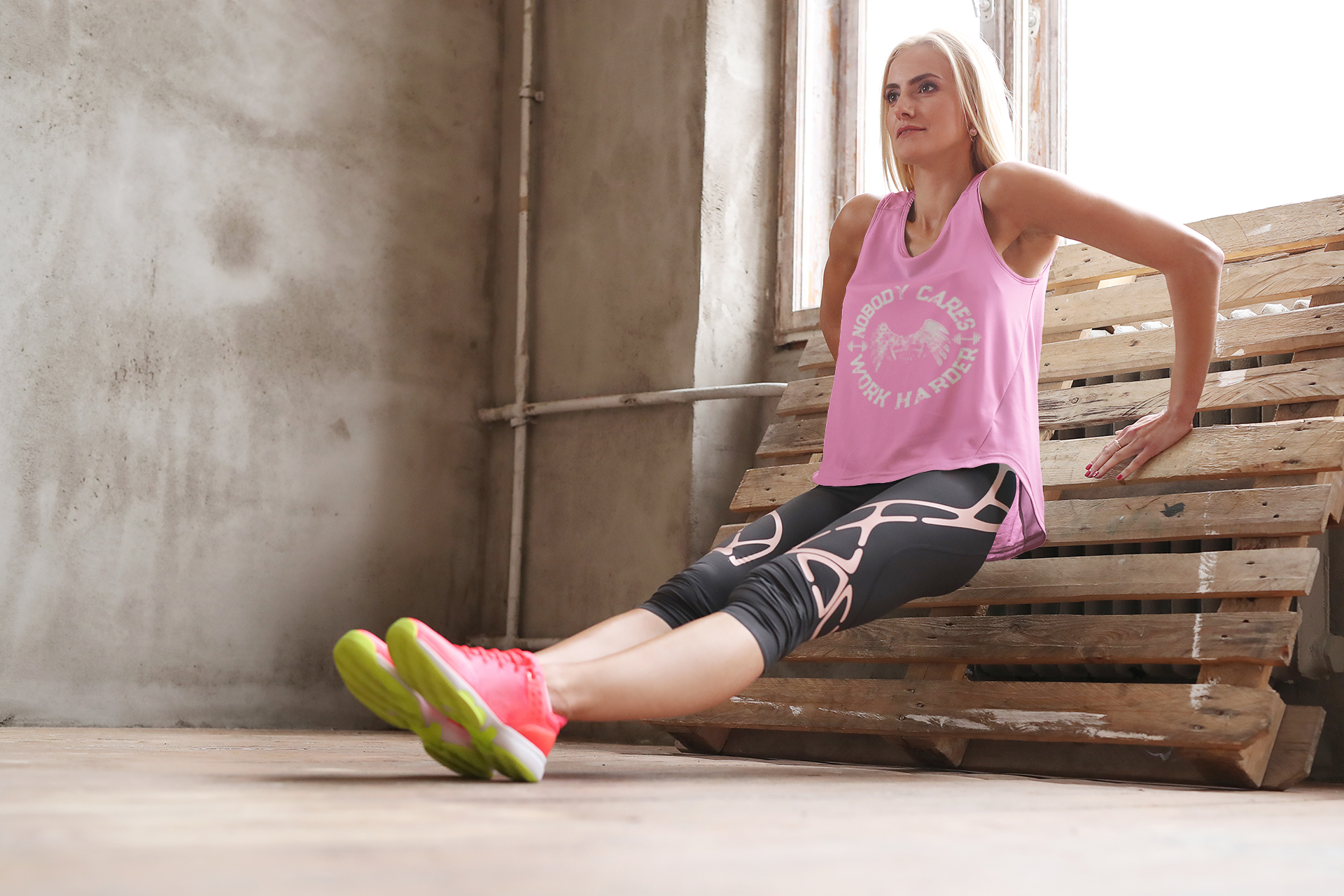Functional training is a type of exercise that focuses on building strength, endurance, and flexibility to improve your ability to perform everyday activities. For people over 40, functional training can be an excellent way to stay healthy and active as you age. In this article, we will guide about some of the top benefits of functional training over 40.
Top Benefits of Functional Training over 40

1. Improved Strength and Mobility
As you age, your body naturally begins to lose muscle mass and flexibility. This can make it more difficult to perform everyday activities like bending down to tie your shoes or carrying groceries. Functional training can help you maintain and even improve your strength and mobility, making these activities easier and less painful.
Functional exercises focus on movements that mimic everyday activities, such as squats, lunges, and overhead presses. By performing these exercises regularly, you can strengthen the muscles and joints that you use most often in your daily life, making them more resilient and less prone to injury.
2. Reduced Risk of Injury
Injuries can become more common as we age, especially if we have weak or inflexible muscles and joints. Functional training can help reduce the risk of injury by strengthening the muscles and joints that support your body’s movements.
Functional exercises are designed to improve balance, stability, and coordination, which can help prevent falls and other accidents. By building strength and flexibility, you’ll be less likely to strain a muscle or joint during everyday activities.
3. Improved Mental Health
Exercise is not just good for your body, it’s also good for your mind. Studies have shown that regular exercise can improve mood, reduce anxiety and depression, and increase self-esteem. Functional training is no exception, and can help you feel better both physically and mentally.
Functional exercises often involve a combination of strength, cardio, and flexibility training, which can provide a well-rounded workout that leaves you feeling energized and refreshed. And because functional training is often done in a group setting, it can also provide a social outlet that can help combat feelings of isolation or loneliness.
4. Better Heart Health

Cardiovascular disease is one of the leading causes of death in people over 40. Regular exercise can help reduce the risk of heart disease by improving cardiovascular health. Functional training can provide an effective cardio workout while also improving strength and mobility.
Functional exercises like jumping jacks, mountain climbers, and burpees can get your heart rate up and improve your cardiovascular health. And because functional training involves a variety of movements and exercises, it can help prevent boredom and keep you motivated to stick to your exercise routine.
5. Weight Loss and Management

Maintaining a healthy weight becomes more challenging as we age, but functional training can help. By building lean muscle mass, functional training can increase your metabolism and help you burn more calories throughout the day. And because functional exercises often involve multiple muscle groups, they can be more effective at burning calories than isolation exercises.
Functional training can also help you manage your weight by improving your overall fitness level. When you’re in better shape, you’re more likely to engage in other physical activities that can help you maintain a healthy weight.
Other Benefits Of Functional Training Over 40

Functional training programs can be customized to meet the individual needs and goals of older adults. A qualified fitness professional can design a program that takes into account any health concerns, limitations, or injuries, ensuring that the exercises are safe and effective. Functional training exercises can also be low-impact, reducing stress on the joints and making them an excellent choice for older adults who may have arthritis or other joint issues.
In addition to the benefits already mentioned, functional training can also improve bone density, flexibility, and reduce pain and inflammation associated with conditions like arthritis and fibromyalgia. Participating in a functional training program can also provide an opportunity for older adults to socialize and meet new people, reducing the risk of social isolation and loneliness.
That makes functional training as one of the best and widely used way of getting fit and healthy for people not only in their youth but also in their aging phases. That way, they can enjoy a healthy and balanced life without any ailments and significantly reduce the onset and the progression of disease in them.
Examples of Functional Training
There are many examples of functional training exercises that are suitable for people over the age of 40. Here are some examples:
- Squats: Squats are a functional exercise that mimics the motion of sitting down and standing up. This exercise helps strengthen the lower body, including the quadriceps, glutes, and hamstrings.
- Lunges: Lunges are another lower-body exercise that can help improve strength and mobility. This exercise targets the same muscles as squats but also engages the core and improves balance.
- Push-ups: Push-ups are a classic exercise that targets the chest, triceps, and shoulders. This exercise can be modified to make it easier or more challenging depending on your fitness level.
- Planks: Planks are a great exercise for improving core strength and stability. This exercise can also help improve posture and reduce the risk of back pain.
Conclusion
Functional training is a great way for people over 40 to maintain their health and fitness as they age. By improving strength and mobility, reducing the risk of injury, improving mental health, and promoting better heart health and weight management, functional training can help you feel better physically and mentally.
If you’re new to exercise or have any health concerns, it’s always a good idea to consult with a healthcare professional before starting a new exercise routine. But if you’re looking for a fun and effective way to stay active and healthy, functional training may be the best thing you need to know.



